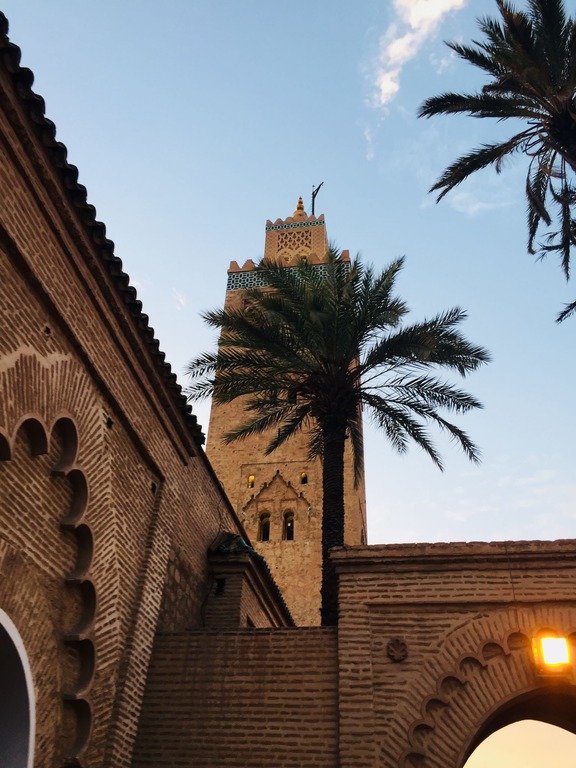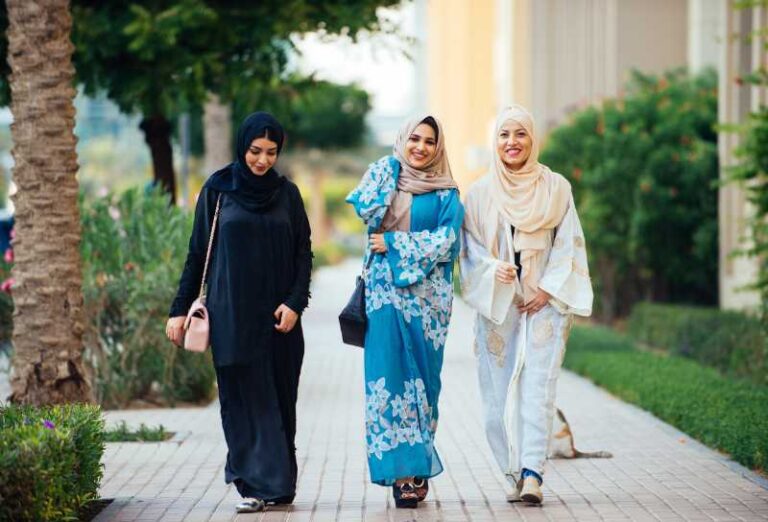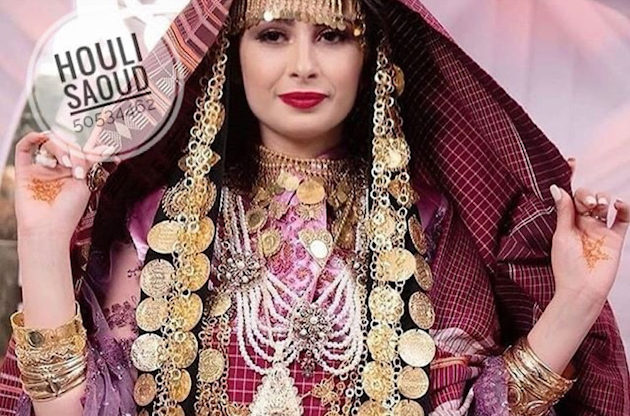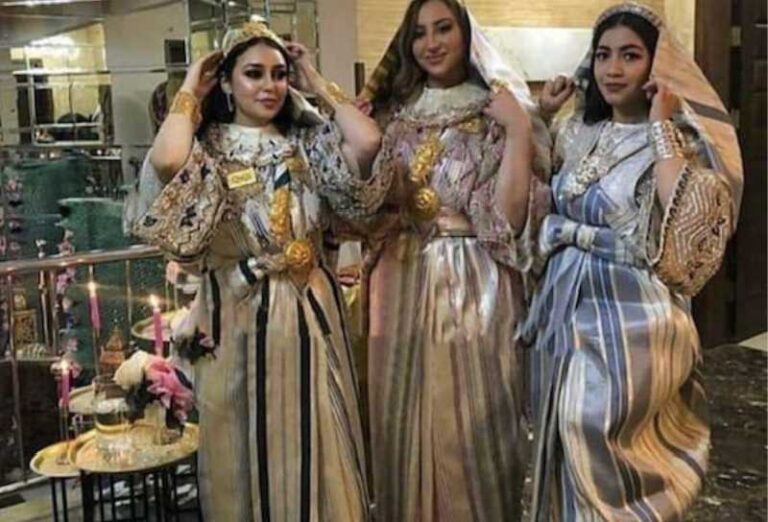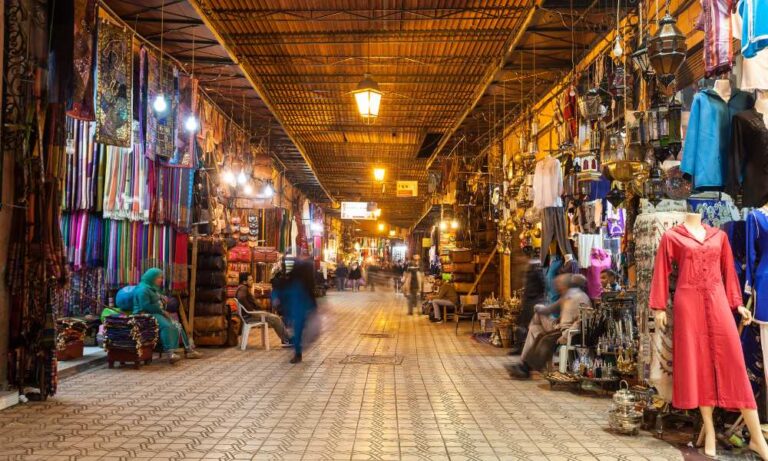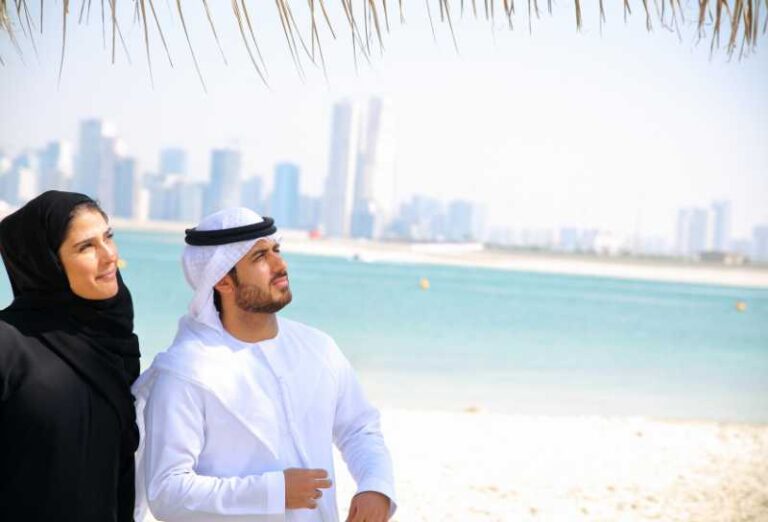Arab Women’s Fashion And Clothing
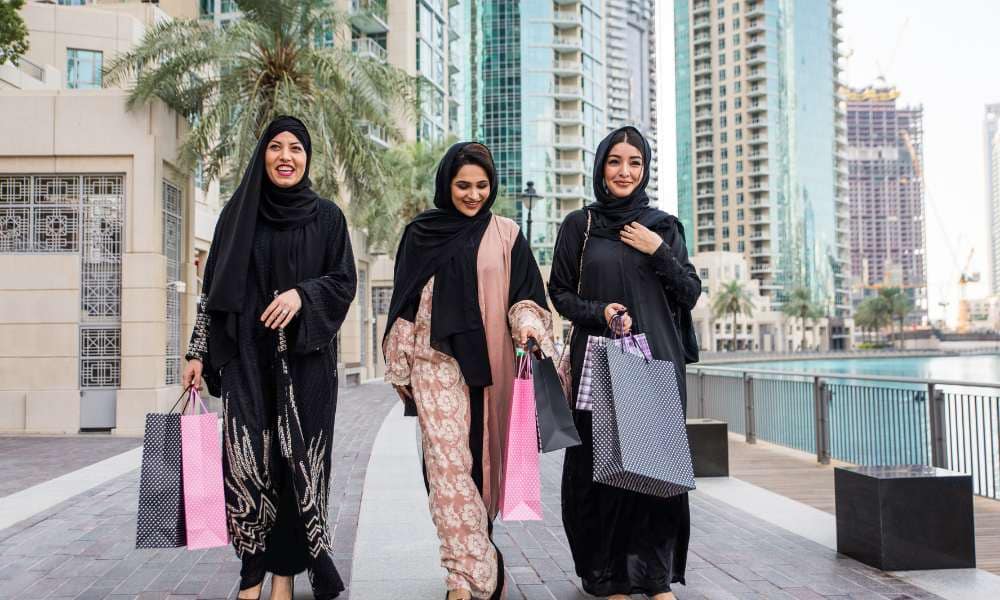
Some links below may be be affiliate links. As an Amazon Associate I earn from qualifying purchases.
When it comes to traditional Arab women’s clothing, the abaya and hijab are often the first styles that come to mind for many who are unfamiliar with Arab culture.
However, the rich tapestry of traditional attire across Arab countries and regions extends far beyond these two iconic pieces.
Each corner of the Arab world boasts its own unique fashion sensibilities, showcasing a dazzling array of styles, colors, and designs.
In this article, we delve into the captivating world of Arab women’s attire, shedding light on some distinctive features of regionally specific clothing.
Table of Contents
Abaya
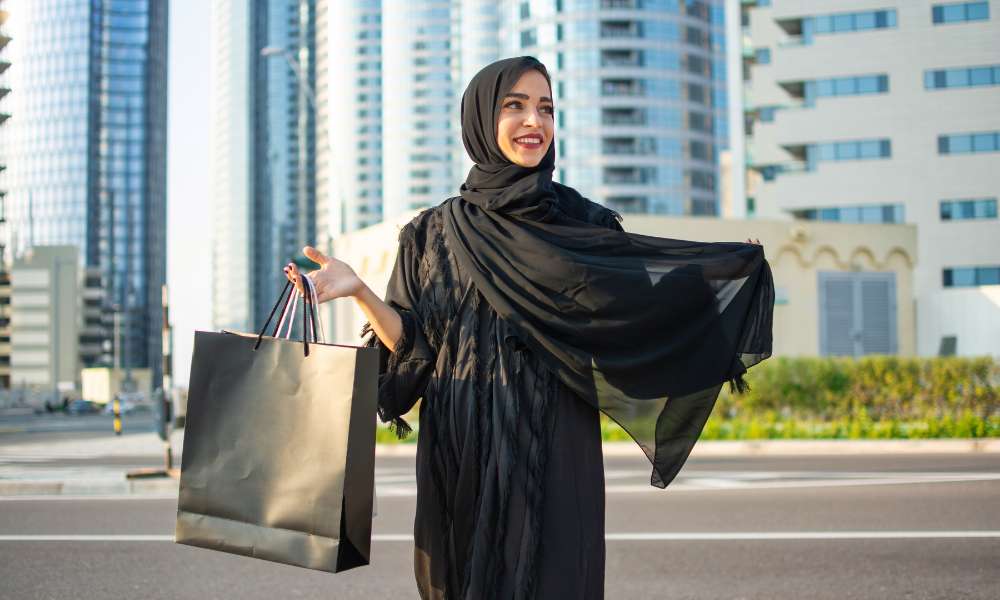
The abaya, translating to “clothes” in Arabic, holds a significant place in the wardrobes of the Middle East, North Africa, and the Arabian Peninsula.
This loose-fitting overgarment serves the purpose of concealing and safeguarding the wearer’s body from prying eyes.
Remarkably, both men and women in the Islamic world embrace the abaya, distinguishing it as a unisex garment.
While the abaya is traditionally characterized by its black hue and ornate embroidery, some cultures lean toward lighter shades, particularly earth tones.
Notably, its design allows for diverse undergarments and ensembles, enabling wearers to incorporate contemporary fashion trends seamlessly.
Even high-end fashion designers like John Galliano and Blumarine have ventured into the realm of designer abayas, showcasing the evolution of this iconic attire.
Over time, the abaya has undergone transformations, such as the rise of the fit-sleeved style in the 1990s, which prioritized enhanced mobility
Curious about adding abayas to your closet? Take a look at these choices!
Chador or a jilbab
Another style of clothing worn by Arab women is the jilbab. It is a baggy outfit that resembles a long tunic or dress.
The attire is occasionally referred to as a chador, especially in Iran and Afghanistan. It has no hand openings and covers the entire body from top to bottom.
It is typically tucked under the armpits. The neck of the Islamic clothing is fastened with a pin or by hand.
Today, you can also see chadors made from colorful fabrics with bold, attention-grabbing patterns. Traditionally, chadors are typically plain black or blue with subtle decorations.
Hijab
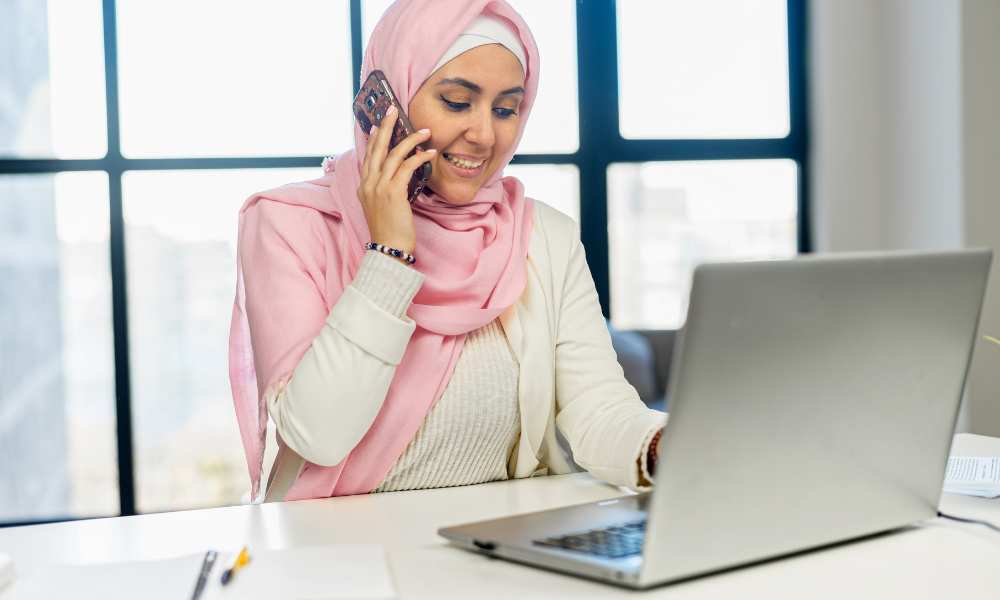
The term “hijab” is most frequently used to refer to an Arab woman’s face-revealing veil that covers her hair. Hijabs come in a variety of sizes and shapes.
The al-amira is a style of two-piece hijab. It is distinguished by a tightly fitting cotton or polyester cap and a scarf that falls down the wearer’s neck like a tube. Around the edges of the veil, embroidery is frequently used as decoration.
Khimars are longer than regular hijabs and extend to the waist. It leaves the face exposed but covers the hair, neck, chest, and shoulders.
Women typically select a hijab that complements the design of the abaya. While more fashion-forward women choose brighter colours or bolder prints, more traditional women typically wear hijabs in shades of black and blue.
Luxury hijabs with their recognizable logos are made by some fashion designers from materials like silk, chiffon, and other luxurious materials.
The hijab is often accessorised by younger Arab women with items like baseball caps, beanies, earrings, and other jewellery. Some people use glued embellishments, rhinestones, or gorgeous embroidery.
To vary their appearance, many women use various folding, wrapping, and pinning techniques. The wearer of the hijab can stand out and express her individual style by adorning it with various accessories, sparkles, and textures.
Niqab
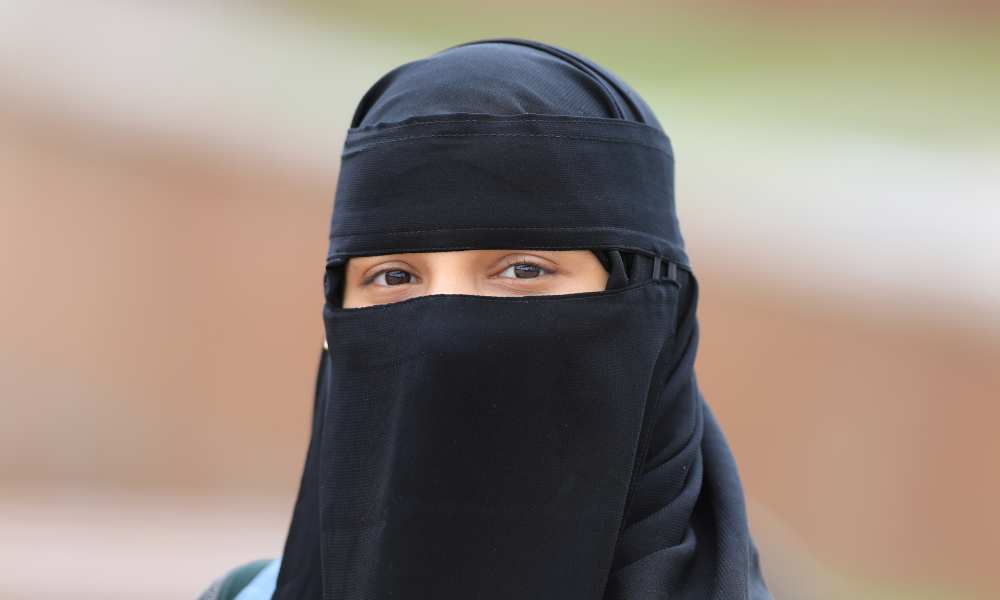
A niqab is a veil that typically goes with an abaya and completely encloses the face, leaving just a small space around the eyes.
The name is derived from the Arabic word baqarah, which means to split open. Arab women also don half-niqabs, which expose a portion of the forehead and a portion of the nose along with the eyes.
A niqab is typically made of two layers of black gauze or cloth that are attached around the eyes at the upper and lower edges.
The niqab typically extends just below the neck, though it can occasionally go all the way to a woman’s chest.
Although traditionally, niqabs are only available in black and blue without any accessories, today’s niqabs come in a variety of fabrics and with a variety of decorations.
For instance, some niqabs have recognisable patterns and logos, like the Louis Vuitton logo.
Other times, decorative embroidery and iron-on embellishments have been used to draw attention to particular features like the chin line, the lower edge of the fabric, or the opening of the eye.
Burqa
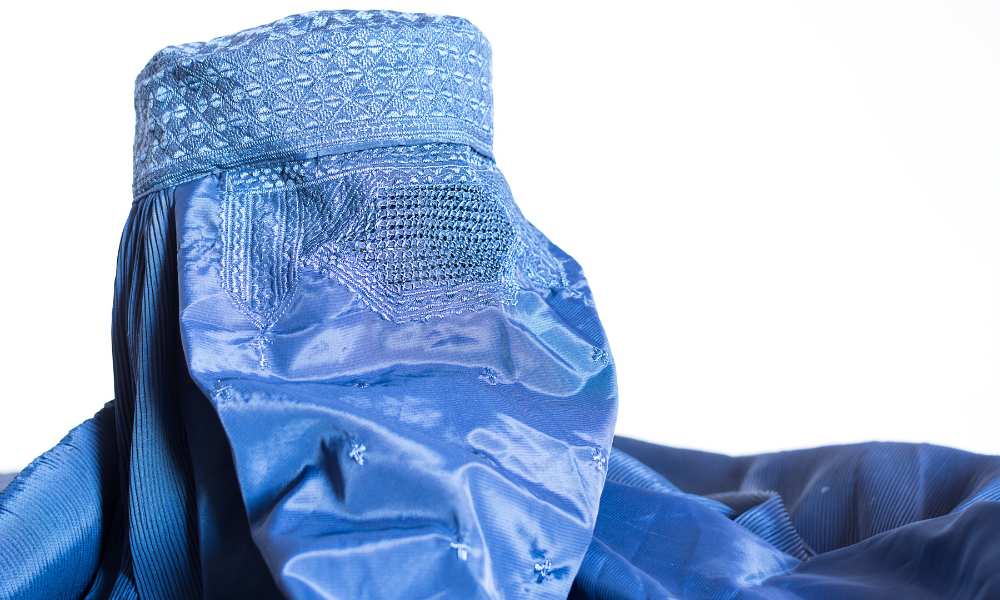
A burqa is a style of clothing that completely encloses the wearer’s face and body. Usually, a thin mash covers the area around the eyes, allowing the wearer to see through it.
The mash shields a woman’s eyes from dust and sand in desert areas. Burqas can be any colour, light or dark, but the most common ones are light blue, black, and white.
Arabic clothing expresses the cultural identity and heritage of the various Arab nations in addition to serving as a fashion statement.
The Arab dress is a work of art in and of itself, offering a wide variety of fits, hues, and embellishment types.
Related Post: The Abaya: A Symbol of Tradition and Identity



